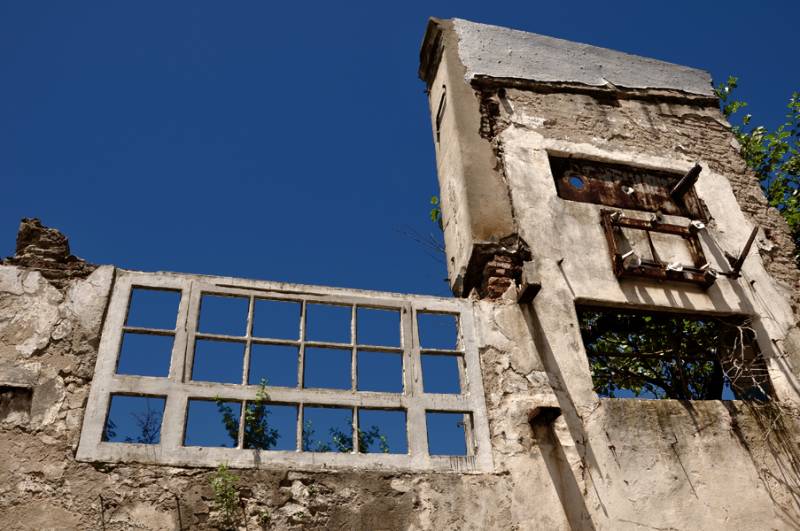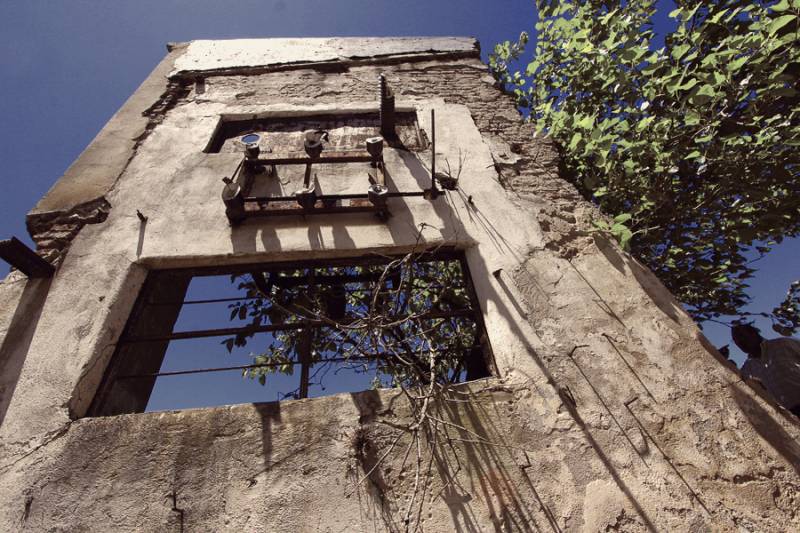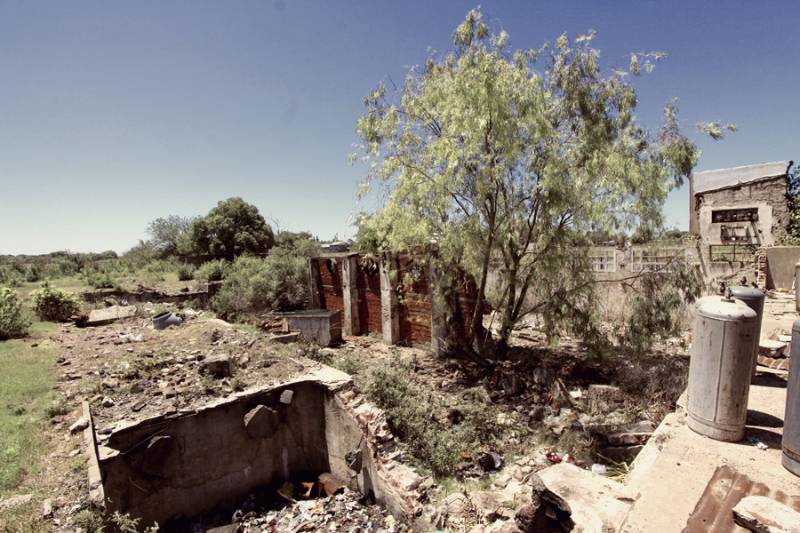The FIFA World Cup of 1978 began being played a long time before that year. Argentina had been designated as host in 1964 and from that moment on the clubs of the so-called interior of the country began imagining the possibility of being the protagonists of the most important football competition in the world. This intention wasn’t only tied to the eyes of the whole world setting on a certain stadium, but to the possibility of receiving funds that would allow their remodelling, works that were always hard to face for the safe of any institution.
Osvaldo Antonio Rodenas, historic Rosario Central and peronist leader in Santa Fe, was one of the strongest operators for getting the “Home of the Flag” as this city is known, to be declared a venue. Once the objective was concreted, he went for a second one: the election of the “Canalla” (name by which Rosario Central fans are known) stadium as the scenario for the World Cup. In 1973 the 78 World Cup Stadium Commission visited the city. Armando Botti, a Newell’s titular player, walked through offices with a mockup of that he imagined could be the future stadium, already remodelled, if it was chosen.
 La Calamita. Gentileza Martín Kraut/ CIJ
La Calamita. Gentileza Martín Kraut/ CIJ
At the moment, the president of Rosario Central was Víctor Vesco. In an interview, he admitted that the supervisors understood that the “Leproso” (name used for Newell’s) stadium was better located, meaning it gave better access to fans and delegations that reached Rosario. However, Central won the fight.
In December the 17th 1974, the Honourable Municipal Council was notified of this decision by the 78 World Cup Organizing Committee. “When the obtaining of a stadium for the world championship, there was a fight between the two rosarino clubs where politics had a central part, which is why the Central stadium was chosen as a secondary venue”, Vesco admitted. We don’t know what tipped the balance towards the “Canallas”. It is known, however, that months after this choice, Rodenas, as well as another Central official, Natalio Wainstein, rented the plot known as La Calamita, located in Granadero Baigorra, and handed it over to the Army. There operated one of the most important clandestine detention centres of the city during the last dictatorship.
 La Calamita. Gentileza Martín Kraut/ CIJ
La Calamita. Gentileza Martín Kraut/ CIJ
The terrain of La Calamita had never been used by the club that, in fact, already owned a lot in Granadero Baigorria. The owner of La Calamita was Samuel Raúl Benzadón. In 2004, before the federal courts of Rosario, his son, Eduardo Alberto, declared that his father had rented out the plot to Rodenas “for personal use”. He detailed that one time, the administrator of the family properties intended to get to La Calamita to charge rent and he was stopped by armed men, who warned him that he could not go in. In 2006, also before justice, he held that “in the time of Alfonsín” his father was called to declare before the province courts and that in that occasion, he “took the duplicate of the renting contract he had made with Mr. Rodenas”.
Rodenas’ inner circle always denied the link between the designation of the stadium as a venue and that clandestine centre of detention. In 2011, the Rosario Central Secretariat for Culture got back a pennant that Rodenas had gifted to Juan Domingo Perón, in 1971, in Madrid. In a letter to the club signed by “Alicia, Alejandra, Lisi and Tato Rodenas” they pointed to this version: “He took the negotiations for first Rosario and then Rosario Central to be declared secondary venues of the 78 World Cup as a personal challenge. Negotiations that, it’s worth mentioning, were carried on within the terms of a democratically elected government and that had nothing to do with the de facto government”.
However, journalist Carlos Del Frade, known “canalla” fan, doesn’t believe this explanation. In the book La ciudad goleada, he reproduces the declarations of Luis Galazino, a santafesino ex-commissary, who claimed that “Osvaldo Rodenas, historic leader of Central, was the one who had La Calamita”. He also held that this giving away of the terrain was an agreement with the colonel Edgardo Aquiles Juvenal Pozzi, head of the Intelligence detachment of the 2nd Army Corps. “Wainstein presents Rodenas to Pozzi so that the Central stadium would be confirmed as World Cup venue. And one of the conditions was that Rodenas rented La Calamita from Benzadón and passed it over to the military”, he added.
 La Calamita. Gentileza Martín Kraut/ CIJ
La Calamita. Gentileza Martín Kraut/ CIJ
For the time being, three trials have judged the events that occurred in La Calamita. Amongst the condemned, two names show up that, were also linked with football during the dictatorship: Pascual Oscar Guerrieri and Eduardo “Tucu” Costanzo, both condemned to life imprisonment. Guerrieri was head of the Central of Operations of the 601 Battallion and head of the Intelligence Detachment 121. He was one of those who evaluated the development of Edgardo Norberto Andrada as an army spy.
The “Cat”, nicknamed like that because of his impressive elasticity on the goal, had gone through Rosario Central, Vasco Da Gama, and the National Team, before coming back to the country, in 1977, as the goalie for Colón. His condition as a professional footballer was key to him being chosen: “His personality as ex-goalie of Rosario Central generates adhesion and trust, particularly in working class neighbourhoods, which facilitates his penetration to the set target”, can be read on his legacy. Costanzo was the first to publicly denounce him. He accused him of having participated in the kidnappings of peronist militants Eduardo Pereyra Rossi and Osvaldo Cambiaso, in 1983. By then, Guerrieri complimented his “varied net of informants, his collaborative spirit and his commitment to the job”.
The Military Junta understood from the first moment the social and political importance that the World Cup could have. Football, as a social phenomenon, didn’t escape the mass murderer’s voracity: were it using it to counter the complaints of violation of human rights, getting terrains in exchange for favours or choosing a known footballer as a spy, they knew how to put the ball, as well as the country, under their boots.